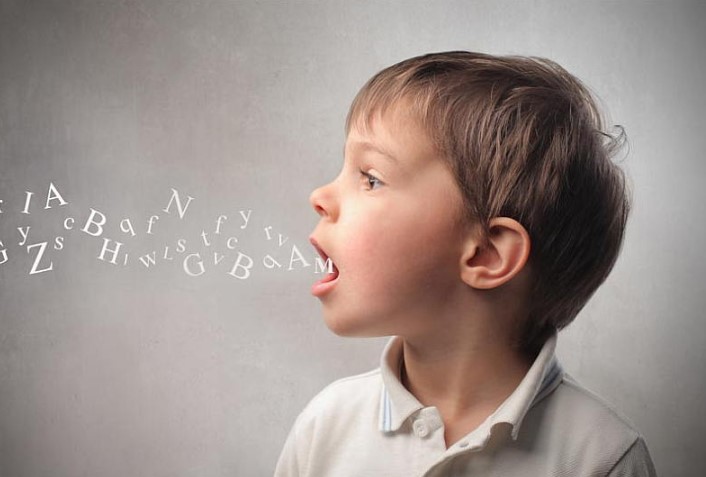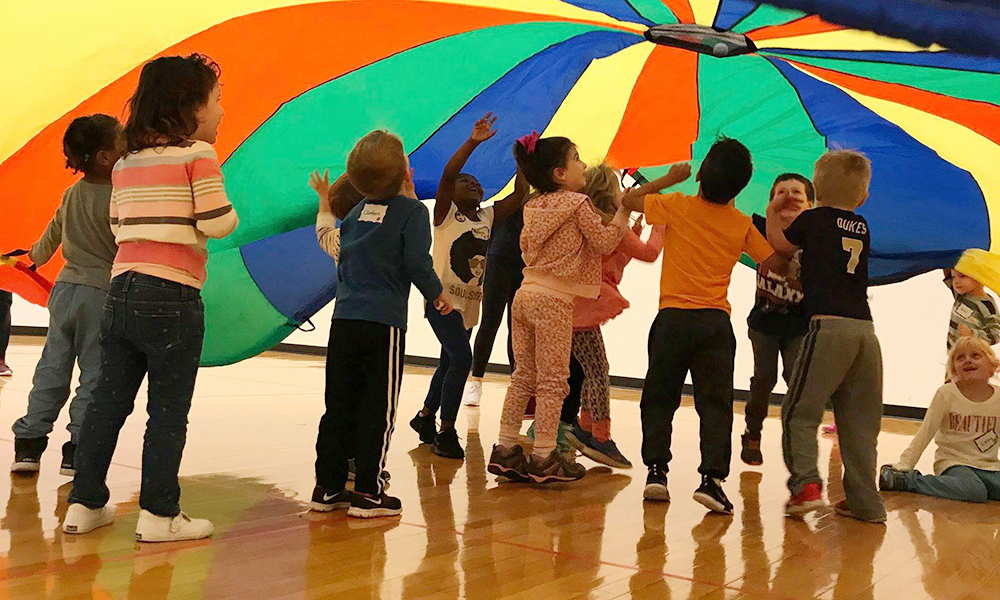Fun and (Secretly) Healthy Holiday Gifts for Kids

When selecting a child’s gift for the holidays this year, think of educational toys that stimulate learning, inspire imagination, or encourage the use of fine and gross motor skills.
The trick to choosing the perfect present for your tot or teen is finding something age-appropriate that sparks their interest while supporting key areas of development.
Gifts by Age
Play is elemental no matter your child’s age, and age-appropriate gifts are essential for both engagement and safety.
Newborn to 2 years
Many infant toys are designed to grow with your child. Choose toys that nurture this early stage of development, focusing initially on exploring the senses with sights, sounds, touch, and music, and progressing to become more interactive with buttons and ride-on or push features. Safety is also especially important for the youngest on your list. Make sure toys don’t contain pieces that can pop off, could be choked on or swallowed. If they’re easy to clean, that’s a plus.
3 to 6 years
Don’t be afraid to make a mess. Molding clay, kinetic sand, art kits, and crafts are excellent for exploring creativity and honing fine motor skills for toddlers and younger kids. Train fine motor skills with puzzles, games that feature counting and letter recognition, and building blocks. Cars, construction vehicles, dolls, and figurines all help children engage in imaginative play while keeping them active and moving.
7 to 12 years
Time to upgrade your current games, puzzles, and building blocks. Try more advanced board games that focus on strategy. Physical activity is the key to refining gross motor skills and is as important as refining fine motor skills. Encourage exercise with gifts of sports equipment or activities like riding a bike or scooter. Be sure to remember protective gear.
13 years and up
Once your child reaches their teens, search for off-screen activities. Kits that provide materials for building robots, craft rockets and racetracks, as well as more advanced building sets all help to enrich STEAM (science, technology, engineering, arts, and math) learning. Sporting equipment and active outing experiences as gifts are also great for this age group.
Healthy Approach to Video Games
It’s rare to find a child who doesn’t have the latest video game system on their holiday wish list. But when choosing video games, follow the advice of the experts who know.
The American Academy of Pediatrics (AAP) discourages screen time before 18 months, but once your child is older, screen time should be interactive. For the younger set, look for educational videos, games, and apps and try to play them together. Older children can enjoy virtual reality consoles or gaming systems that place them into action, playing a sport, or dancing.
This keeps your child active even though they are using a screen. For any video game, be sure to read reviews and verify the appropriate player age group. Gamers will often review and preview games on their YouTube channels, which is a great way for you to do your due diligence before giving the OK for your child to play.
Keep in mind that screen time is cumulative, and the AAP recommends no more than one hour each day for children under 5 and two hours a day for older children, school use excluded. For example, if your child is video chatting with friends and then playing a video game, both activities factor into the screen time tally for the day.
Whether your child prefers participating in sports or enjoying indoor activities like reading, art, and gaming, with the right toys and games, they will continue to learn and develop.







